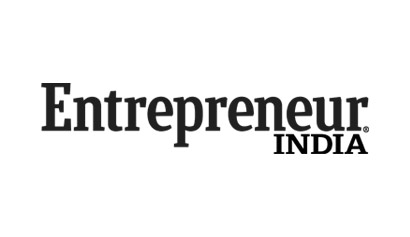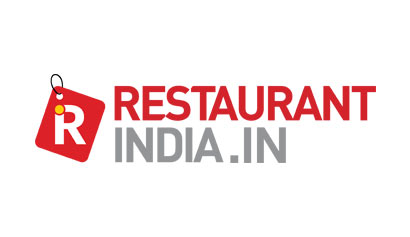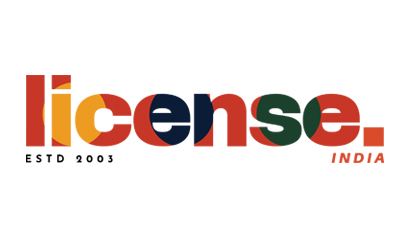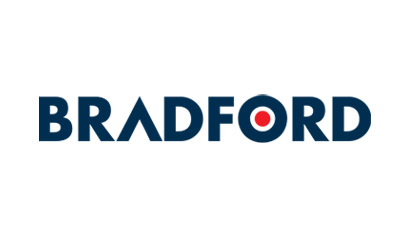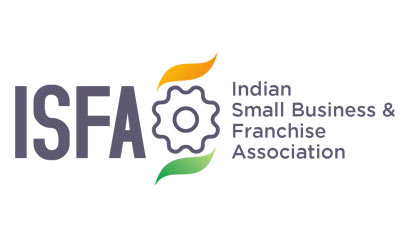To get access to over 10000+ Franchise Business Opportunities.
Network with the growing Business Community to get expert interventions to let you learn to Grow & Expand your Business with Franchising.
The Indian textile industry is primarily driven by domestic and export demand. Textiles contribute to 60 per cent of the export market while apparels contributed the remaining 40 per cent.
Textile Industry: The Economy Booster
Major Player:
Chirpal Group – Ahmedabad based player engaged in spinning and denim weaving
The Victoria Mills Ltd – Established in 1913 caters to the domestic and export market
Digjam – Manufacturer of suiting fabric present through exclusive showrooms and over 4000 other retail outlets in India through distribution
Bombay Dyeing – Established in 1879, the company retails linen, towels, home furnishings, leisure clothing at al through 350 exclusive outlets and 2000 MBO through distribution
Arvind Mills – Major producer high-end fabric apart from being a conglomerate housing retail, engineering, real estate, chemical and dyes, telecom among others.
Welspun India – Manufacturer of home textile and ranks among the top three names globally with a network of 32 countries
Raymond – Comands over 60% market share in worsted suiting in India and ranks among top three manufacturer of worsted suiting globally. It exports to 55 countries.
The Indian textile industry is primarily driven by domestic and export demand. Textiles contribute to 60 per cent of the export market while apparels contributed the remaining 40 per cent.
Apart from the demographic opportunities, there have been many other new age transformations that lead to a growth in the aspirations and wants of an average consumer. The median age of the Indian consumer being 26 years, the high disposable income, growing influence of media and the growth of working women giving rise to a major consumer segment have together contributed to the growth in the retail sector as a whole.
The Inception of Distribution
The early phase of textile retail was dominated by the distributors. In a town with a 50,000 population, there was no better way to move fabric than distributing it through middle men. The textile companies needed more and more representatives and agents to cover the expanse of a country as big as India. They reached out to the MBOs and wholesalers. Mohit Dhanjal, Director Retail, Raymonds: “If you look at the 80’s, the only channel you could sell your products through was M.B.O’s and these entrepreneurially driven multi brand outlets would vary from 1000 – 2000 Sq ft.”
From Distribution to E. B.O’s
The process of getting the fabric from the mills to the end customer was done through distributors and wholesalers through sales agents of the company. This went on in the form of traditional retail or mom-n-pop shops for ages till the retail revolution came about. With liberalisation, the market opened up, the consumers were more evolved than before –shopping clothes started becoming more of an experience rather than a purchasing ritual. This led to the inception of E.B.O’s (Exclusive Brand Outlet) in the textile segment to give the consumer a wider range of the fabrics. Dhanjal opined:“The cognitive thinking of some visionaries in this business led to an experiment to open an exclusive Raymond’s showroom in King's Corner, Ballard Estate in Bombay in the year 1958. This made us realize the real power of our brand. The positive response gave us the confidence to believe in this concept to take it forward.”
Distribution still holds strong in small towns
Even though modern retail is catching up the metro, mini metros and tier I and tier II cities, distribution still has a strong foothold in the smaller towns with population between 50,000 to 100,000 population.
Led by the Demand
One more specific approach through which textile firms generate business is the ‘made to order’ approach. This protocol is usually followed by big firms who look for specific requirements in the fabric that should be delivered by the company.
Ankit Trivedi, Head Knitwear Apparel, Arvind Limited:”We search for firms who are looking for specific fabric for their brand through our sources and identify the requirements to create a detailed fabric matching adequately with the demand of the company.”
How to become a Textile Distributor
Starting a successful business of textile distributorship means you will play a crucial role to get the products which the brand supplies from the point of origin (the factory) to the points of purchase provided by the retailers. Steps for starting are:
Develop a strong network with retailers
Good warehousing is pertinent to the distribution business.
You should be able to identify genuine fabric.
Have a close eye to spot fabric trend
Stocking your warehouse with the right quantity of fabric yardage.
Running business as a distributor in textile sector also means developing a broad portfolio of skills: From researching, to customer care and sales skills
You also need to understand the logistical and financials aspects of the operation including knowledge of setting up a warehouse. In short, it means that any distribution business which aims to grow beyond a narrow local region should be needed to hire a team with those skills.
The Policy Support
Policy support has been a key growth driver to enhance the face of this sector and provide a helping hand to the people venturing in this industry.
TUFS (Technology Upgradation Fund Scheme): USD0.39 billion has been allocated for TUFS scheme for FY15
National Textile Policy: The policy was introduced for the overall development of textile industry. New draft for this policy ensures to employ 35 million by attracting foreign investments. It also focuses on establishing a modern apparel garment manufacturing centre in every North Eastern state for which Government has invested an amount of USD3.27 million.
Foreign Direct investment: FDI of up to 100 per cent is allowed in the textile sector through the automatic route.
Scheme for Integrated Textile Parks (SITP): SITP was set up in 2005 to provide necessary infrastructure to new textile units; under SITP, 40 projects (worth USD678 million) have been sanctioned
The Conclusive Note
Growing domestic market and increasing opportunities in global trade will create enormous scope for Indian players. With the overall boom in the apparel segment there will be endless opportunities for the textile players. To tap the above opportunities and sustain businesses in this changing consumption scenario, companies will need to align themselves with the market requirements and develop required competencies.


Business Opportunities
Browse By Investment Range
Browse By States
Popular Cities




